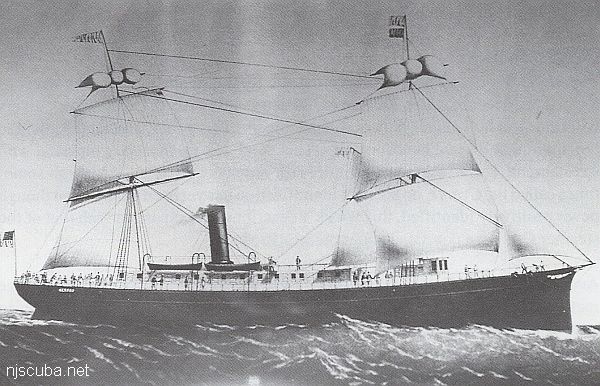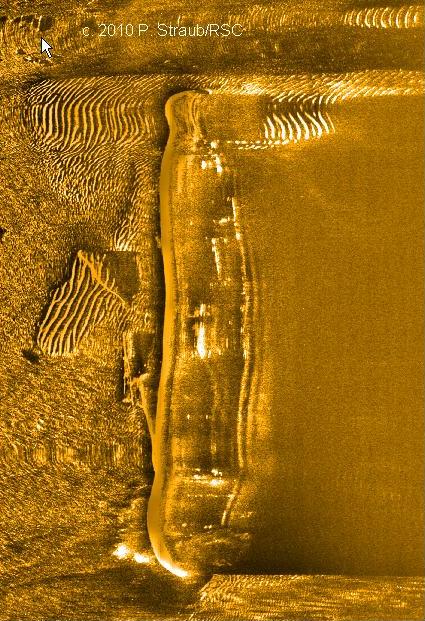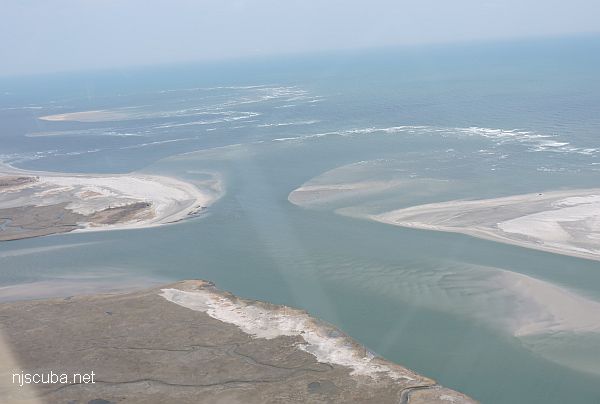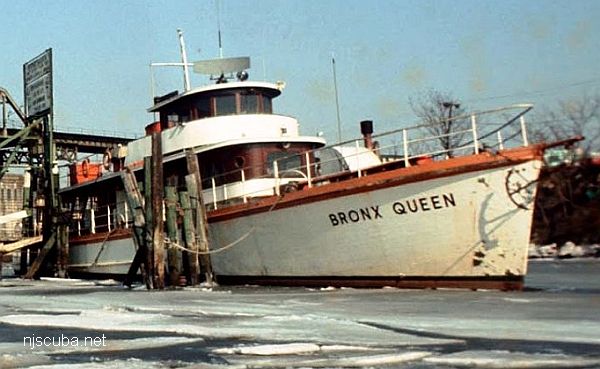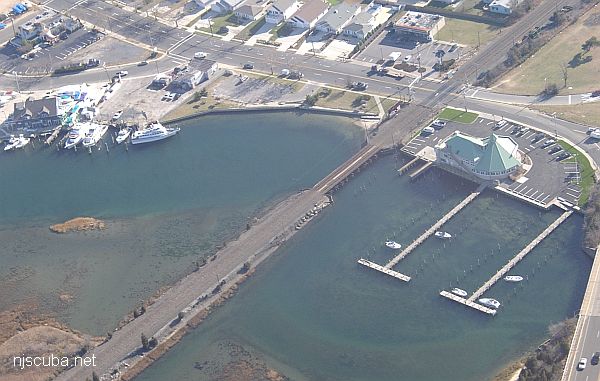- Type:
- shipwreck, dry-dock barge
- Depth:
I don't know the reason for this offshore barge's name, other than it might well be the real one. Nevertheless, this wood barge, sometimes called a drydock lies in 120+ of water and is usually a very good lobster dive, albeit a deeper one. Bottom visibility is often cloudy to poor. It's not the best bottom conditions here, but a careful and advanced certified diver can bring home a lot of lobsters for dinner with a dive here. This spot isn't frequently dived.
More: Blue Boy ...

